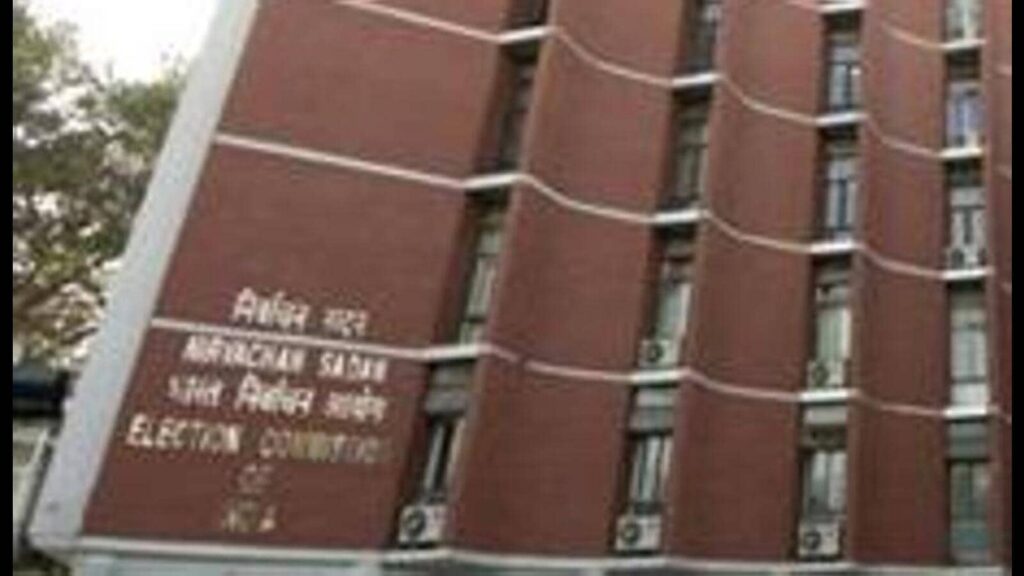For the first time in five years, the Election Commission of India (ECI) revised its list of state-level and national-level parties this week, granting national party status to the Aam Aadmi Party (AAP), and downgrading the Nationalist Congress Party (NCP), the Trinamool Congress (TMC) and the Communist Party of India (CPI). India now has six national parties — the Bharatiya Janata Party (BJP), the Congress, the AAP, the Bahujan Samaj Party, the Communist Party of India (Marxist) and the National People’s Party (NPP).
Though the exercise kicked up political interest — Delhi chief minister Arvind Kejriwal called the AAP’s achievement nothing short of magic — it is largely a symbolic move that follows a set of strictly defined, decades-old criteria. Other than for outfits such as the Rashtriya Lok Dal — which lost its state-level recognition in Uttar Pradesh — there is little material change for parties. They will enjoy a few hours of free airtime on State-run media during elections and get office space in the Capital. The TMC remains dominant in West Bengal, the NCP is a key player in Maharashtra, and the CPI is struggling to arrest its slide. But the move holds significance in the Opposition front parleys. The national party status boosts the AAP’s claims of emerging as an alternative pole to the Congress, though its ideology-light politics focussed on the delivery of amenities has been somewhat bruised by recent corruption allegations, and the party is yet to be tested nationally. Similarly, it may dent the TMC’s plans of evolving into a genuine national player. Still, a perusal of the meagre national party list is enough to highlight the huge disparity within — one that aptly captures the hegemonic force of the BJP and the challenge before any Opposition grouping.

